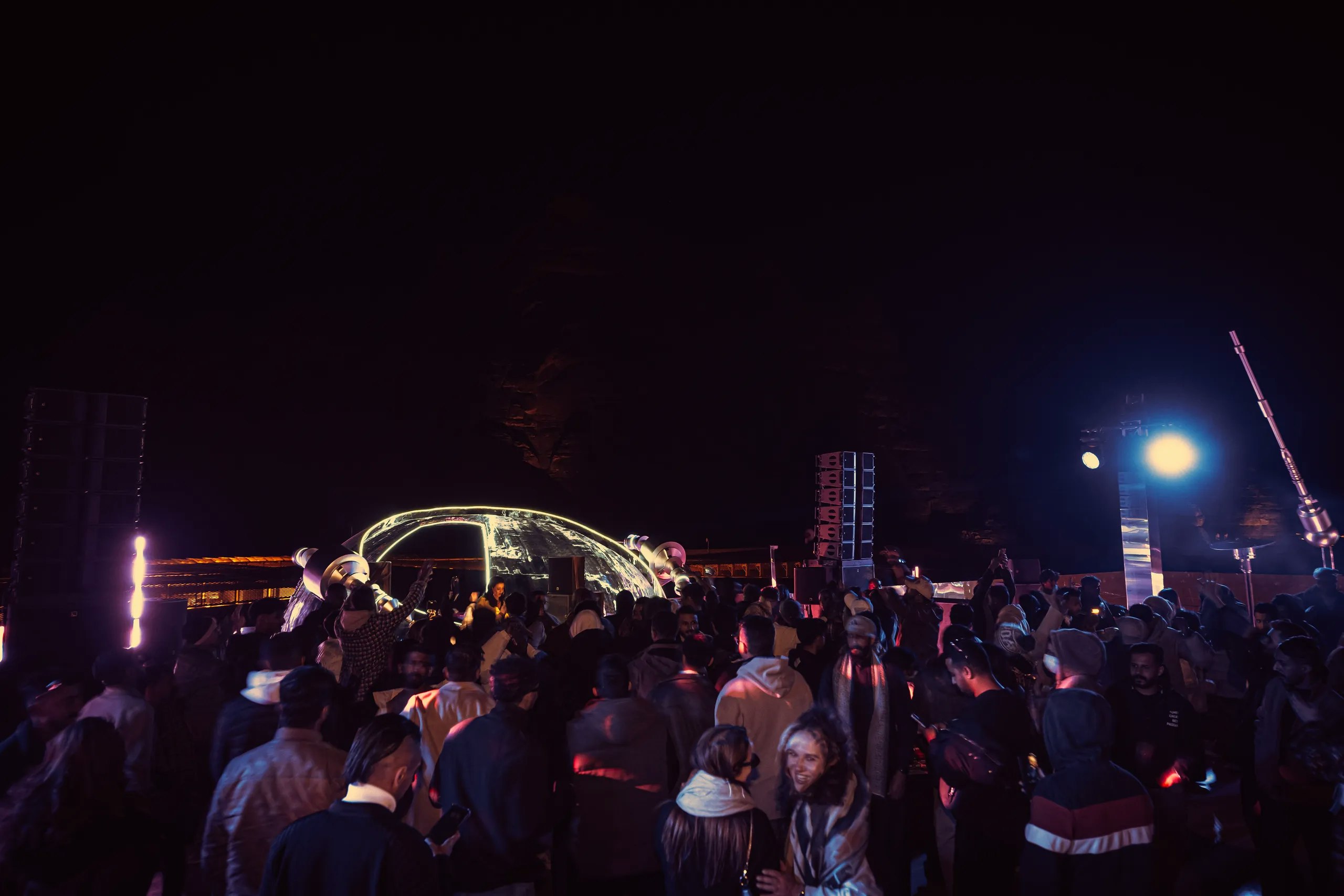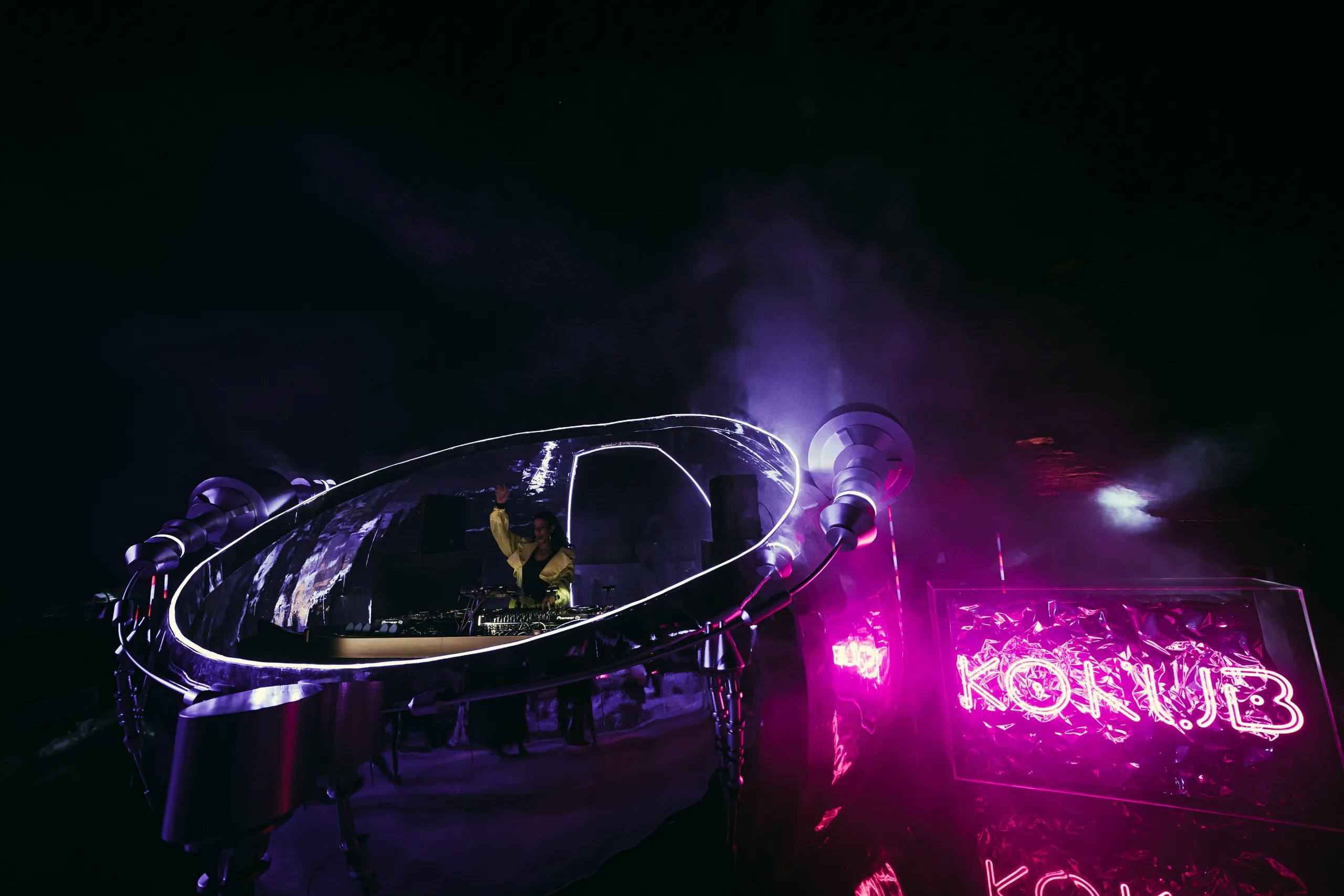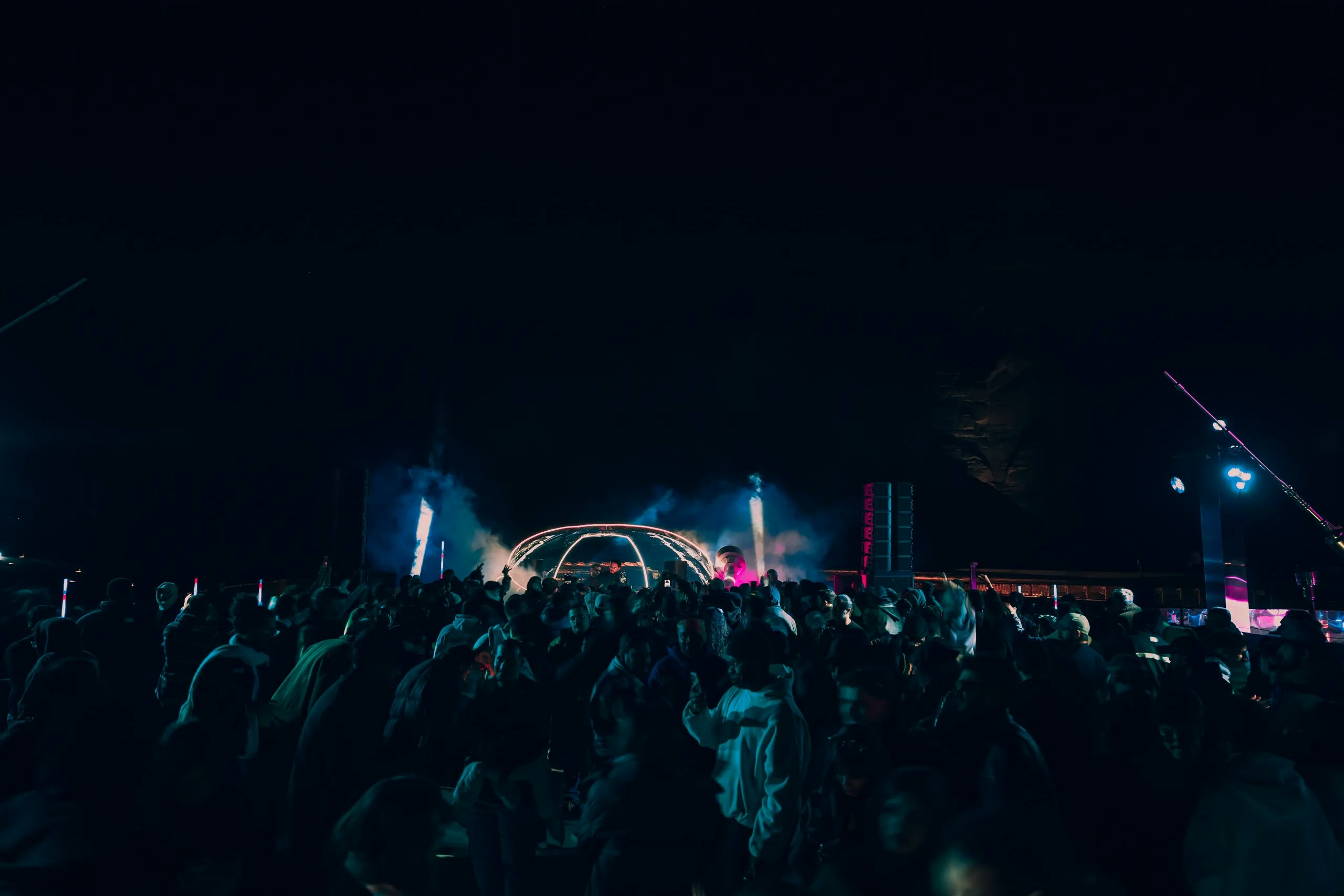

How Music Sampling from the Past is Shaping Today’s Hits
By MDLBEAST
October 06 2025
How Music Sampling from the Past is Shaping Today’s Hits
By MDLBEAST
October 06 2025
Musical innovation and creation have always existed. Many contemporary musicians borrow from past generations. One of the most effective ways to bridge the gap between generations is through music sampling, the use of previously recorded music in today's works. But music sampling is more than just an auditory process. It's a generational connection, an acknowledgment of an older song from a newer generation, and a newer song to reintroduce previously forgotten sounds to today's age. Music sampling has infiltrated its existence in hip-hop, electronica, and even pop to turn the old into new.
The Evolution of Music Sampling
Early Beginnings: The Birth of Sampling
Sampling came about in the late 20th century. For example, in the 1970s, New York hip-hop DJs began using the phonograph, with recording technology more accessible than before, to create a drum break loop of popular funk and soul songs. This was the technique that would be used as the foundation for future uses of sound on samples.
By the 1980s, the development of digital samplers like the E-mu SP-1200 and the Akai MPC enabled producers to take small sections of recordings and manipulate them into entirely new compositions. This revolutionized music production, allowing artists to craft new beats from old sounds.
Sampling in the 1990s and 2000s
During the 1990s, hip-hop producers like J Dilla, DJ Premier, and The Bomb Squad mastered the art of sampling, layering multiple sound bites to create complex soundscapes. Meanwhile, electronic artists such as The Prodigy and Daft Punk used samples to build high-energy dance anthems, blending elements from disco, funk, and rock into their productions.
By the 2000s, technology continued to increase. The advent of digital audio workstations (DAWs) simplified sampling, making it more available and inexpensive than ever. Where hardware was once needed for a premium fee, now, for example, with Ableton Live or FL Studio, producers had digital access at their fingertips for sampling, ushering in another era of experimentation.
How Sampling Shapes Today’s Music
Reviving Classic Hits for New Audiences
Modern artists frequently rework classic tracks, introducing older music to younger generations. A prime example is Beyoncé’s “Break My Soul” (2022), which samples Robin S.’s 1993 hit “Show Me Love”—a house music classic that gained renewed popularity as a result. Similarly, Drake and 21 Savage’s “Rich Flex” (2022) incorporates elements of Three 6 Mafia’s “Who Run It,” reinforcing the genre’s deep-rooted connections to its past.
Blending Genres Through Sampling
Sampling is not a style, and multiple artists work across genres. The compilation of Kanye West is founded on sampling soul and gospel. The Weeknd channels the 1980s synth-pop vibe in many of his songs. Most recently, Fred again.. samples everything from daily occurrences to viral videos to sounds he gets from people in passing only to turn them into powerful dance anthems.
Cultural and Emotional Impact
Sampling is as much a cultural aspect as a practical one. It keeps a historical aspect and allows previously unnoticed songs to gain popularity. Still, it also allows for people to get that nostalgic feel when they hear a song that samples something recognizable, and that feeling is important. This is true even more so with regional sounds, where samples are used that celebrate regional culture and become little stories.
The Challenges of Sampling
Copyright and Legal Complexities
Despite its artistic value, sampling comes with legal challenges. Clearing samples, and securing permission from original copyright holders, can be costly and time-consuming. Some artists, like Juice WRLD with “Lucid Dreams” (2018), have faced lawsuits over uncleared samples. This has led to the rise of alternative approaches, such as re-recording or modifying samples to avoid legal disputes.
Balancing Originality and Influence
Critics assert that sampling is a lazy creative endeavor. However, the most lauded creators of such an endeavor depend upon sampling as an additive, not a subtractive, experience, layering their sounds over and above creating something wholly new from a sample. The best samples arise from originality, meaning, not sounding like someone else.
Looking Ahead
The most transformative production technique that revolutionizes music is sampling. The hit songs of today are made from it, taking yesterday's sounds and blending them with today's popular sonic palettes. It ensures that older songs remain relevant, generates entire subgenres, and lengthens an individual's connection to their unique experience with music. There are legal obligations to keep the ethical lines from being blurred, but the socio-cultural and artistic impact of sampling redefines what music means in the present day. As long as technology exists, it can only get better for decades to come.
Share this


